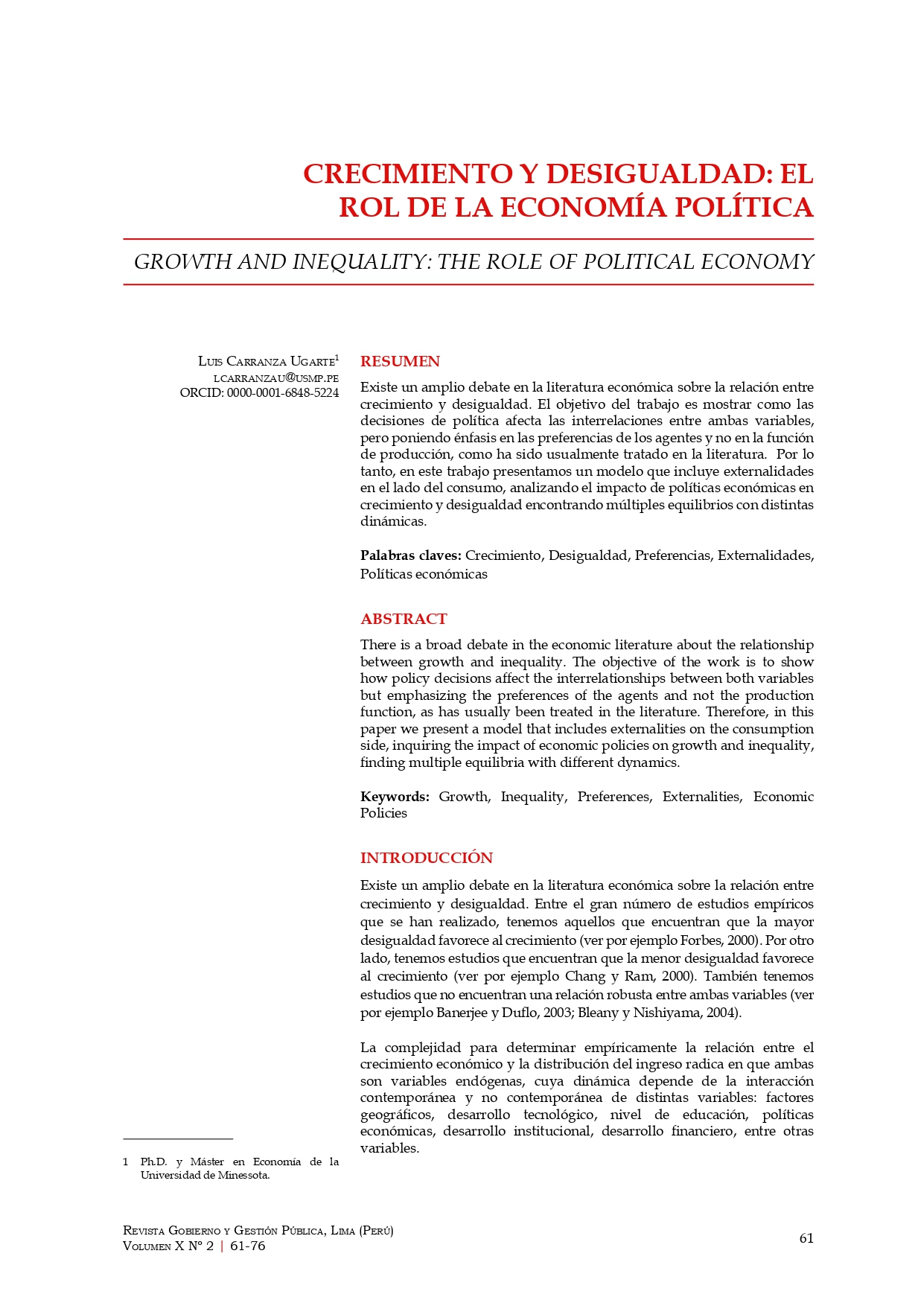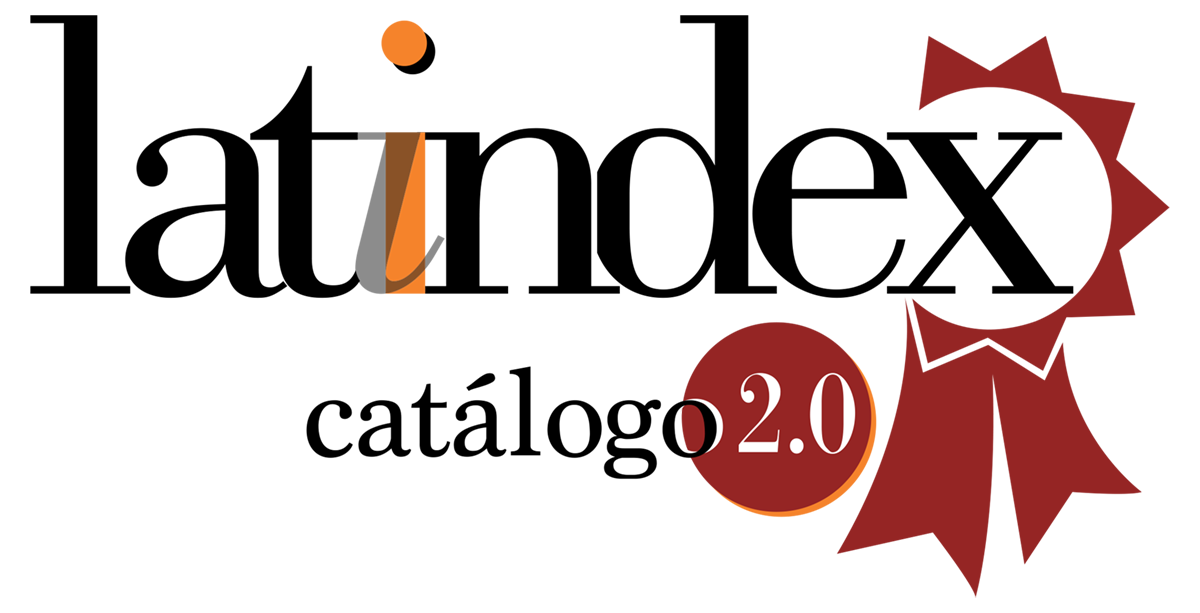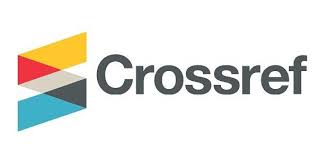CRECIMIENTO Y DESIGUALDAD: EL ROL DE LA ECONOMÍA POLÍTICA
DOI:
https://doi.org/10.24265/iggp.2023.v10n2.06Palabras clave:
Crecimiento, Desigualdad, Preferencias, Externalidades, Políticas económicasResumen
Existe un amplio debate en la literatura económica sobre la relación entre crecimiento y desigualdad. El objetivo del trabajo es mostrar como las decisiones de política afecta las interrelaciones entre ambas variables, pero poniendo énfasis en las preferencias de los agentes y no en la función de producción, como ha sido usualmente tratado en la literatura. Por lo tanto, en este trabajo presentamos un modelo que incluye externalidades en el lado del consumo, analizando el impacto de políticas económicas en crecimiento y desigualdad encontrando múltiples equilibrios con distintas dinámicas.
Descargas
Referencias
Aghion, P. (2002). Schumpeterian Growth Theory and The Dynamics of Income Inequality. Econometrica, 70(3), 855-882. (http://dx.doi.org/10.1111/1468-0262.00312)
Alesina A. and Rodrik, D. (1994). Distributive Politics and Economic Growth. Quarterly Journal of Economics, 109(2), 465-490.(https://doi.org/10.2307/2118470)
Alesina A. and Perotti, R. (1996b). Income Distribution, Political Instability, and Investment. European Economic Review, 40(6), pp. 1203–1228.(https://doi.org/10.1016/0014-2921(95)00030-5)
Autor, D. (2014). Skills, education, and the rise of earnings inequality among the “other 99 percent”. Science, 344(6186), 843-851.(https://www.science.org/doi/10.1126/science.1251868)
Banerjee, A. and Duflo, E. (2003). Inequality and Growth: What Can the Data Say. Journal of Economic Growth, 8, 267-299.(https://doi.org/10.1023/A:1026205114860)
Banerjee, A. and Newman, A. (1993). Occupational Choice and the Process of Development. Journal of Political Economy, 101(2).(https://doi.org/10.1086/261876)
Berg, A., Ostry, J., Tsangarides, C.G. and Yakhshilikov, Y. (2018). Redistribution, Inequality, and Growth: New Evidence. Journal of Economic Growth 23, 259-305.
Bleaney, M. and Nishiyama, A. (2004). Economic Growth, Income Distribution and Poverty: Time-series and Cross-country Evidence from the CFA-zone Countries of sub-Saharan Africa. United Nations University – World Institute for Development Economic Research, Research Paper 3(1), 22.(https://www.wider.unu.edu/sites/default/files/rp2004-003.pdf)
Cerra, V., Lama, R. and Loayza, N. (2021). Links Between Growth, Inequality, and Poverty: A Survey. IMF Working Paper. WP/21/68.(https://www.imf.org/en/Publications/WP/Issues/2021/03/12/Links-Between-Growth-Inequality-and-Poverty-A-Survey-50161)
Chang, J., and Ram, R. (2000). Level of Development, Rate of Economic Growth, and Income Inequality. Economic Development and Cultural Change, 48(4),787-799. (https://doi.org/10.1086/452477)
Deininger, K. and Squire, L. (1998). New Ways of Looking at Old Issues: Inequality and Growth. Journal of Development Economics, 57(2), 259-287.(https://doi.org/10.1016/S0304-3878(98)00099-6)
Duesenberry J. (1948). Income - Consumption Relations and Their Implications. In Lloyd Metzler et al., Income, Employment and Public Policy, New York: W.W.Norton & Company, Inc.
Duesenberry, J. (1949). Income, Saving and the Theory of Consumer Behavior. Cambridge, Mass.: Harvard University Press.
Dynan, K., Skinner, J. and Zeldes, S. (2004). Do the rich save more? Journal of political economy, 112(2), 397-444. (https://doi.org/10.1086/381475)
Feldstein, M. (1995). Tax Avoidance and The Deadweight Loss of The Income Tax. The Review of Economics and Statistics, 81(4), 674-680.(http://www.jstor.org/stable/2646716)
Friedman, M. (1956). A Theory of The Consumption Function. Princeton NJ. Princeton University Press. (https://www.nber.org/books-and-chapters/theory-consumption-function)
Forbes, K. (2000). A Reassessment of the Relationship Between Inequality and Growth. The American Economic Review, 90(4), 869 – 887.(https://pubs.aeaweb.org/doi/pdfplus/10.1257/aer.90.4.869 / DOI: 10.1257/aer.90.4.869)
Galor, O. and Zeira, J. (1993). Income Distribution and Macroeconomics. The Review of Economic Studies, 60(1), 35 -52. (https://doi.org/10.2307/2297811)
Kuznets, S. (1955). Economic Growth and Income Inequality. American Economic Review, 45(1), 1-28.
Lewis, W. A. (1954). Economic Development with Unlimited Supplies of Labour. The Manchester School, 22(2), 139-191. (https://doi.org/10.1111/j.1467-9957.1954.tb00021.x)
Lopez, H. and Servén, L. (2006). A Normal Relationship? Poverty, Growth, and Inequality. Policy Research Working Paper, No. 3814. World Bank, Washington, DC. (http://hdl.handle.net/10986/8791)
Michaels, G., Natraj, A., and Van Reenen, R. (2014). Has ICT Polarized Skill Demand? Evidence from Eleven Countries over 25 Years. Review of Economics and Statistics, 96(1), 60-77. (http://www.jstor.org/stable/43554913)
Okun, Arthur (1975). Equality and Efficiency: The Big Tradeoff. Washington D.C.: Brookings Institution Press. (https://books.google.com.pe/books?id=UFHVBgAAQBAJ&lpg=PP1&ots=KXl_neHvIo&dq=Equality%20and%20Efficiency%3A%20The%20Big%20Tradeoff&lr&hl=es&pg=PR4#v=onepage&q=Equality%2)
Perotti, R. (1993). Political Equilibrium, Income Distribution and Growth. Review of Economics Studies, 60(4), 755 - 776. (https://doi.org/10.2307/2298098)
Rodrik, D. (1999). Where Did All the Growth Go? External Shocks, Social Conflict, and Growth Collapses. Journal of Economic Growth, 4(4), 385-412.(http://www.jstor.org/stable/40216016)
Saint-Paul, G. and T. Verdier (1993). Education, Democracy and Growth. Journal of Development Economics 42(2), 399-407. (https://doi.org/10.1016/0304-3878(93)90027-K)
Sanfey, A. Rilling, J., Aronson, J., Nystrom, L. and Cohen, J. (2003). The Neural Basis of Economic Decision-Making in the Ultimatum Game. Science 13,300(5626), 1755 – 1758. (https://www.science.org/doi/abs/10.1126/science.1082976)

Descargas
Publicado
Número
Sección
Licencia
Derechos de autor 2023 Luis Carranza Ugarte

Esta obra está bajo una licencia internacional Creative Commons Atribución-NoComercial-CompartirIgual 4.0.











